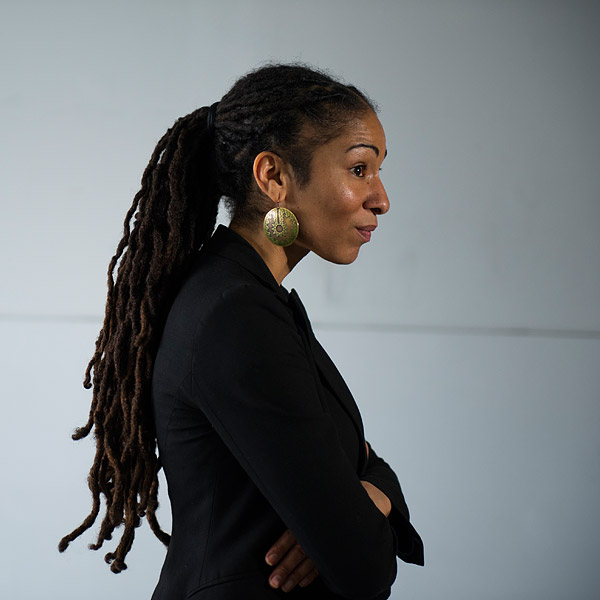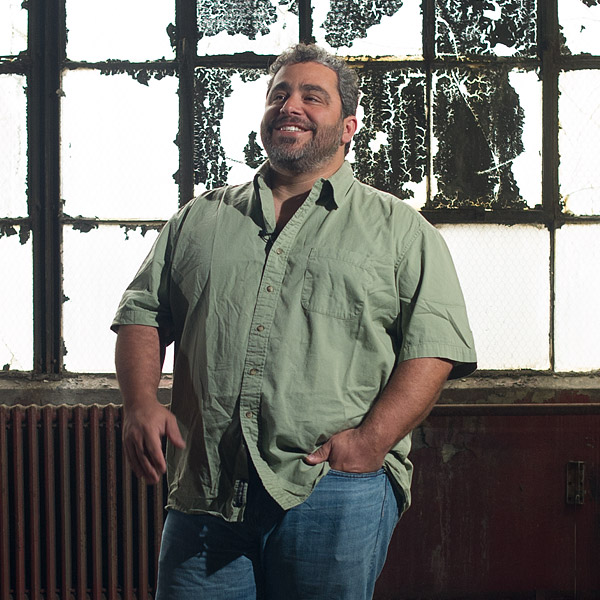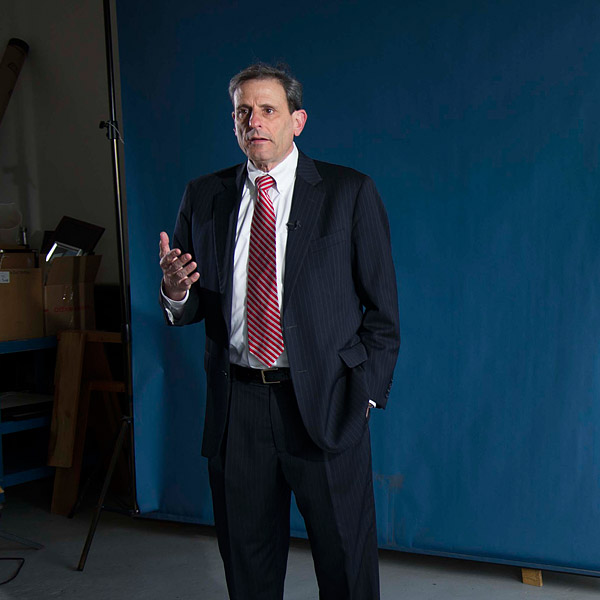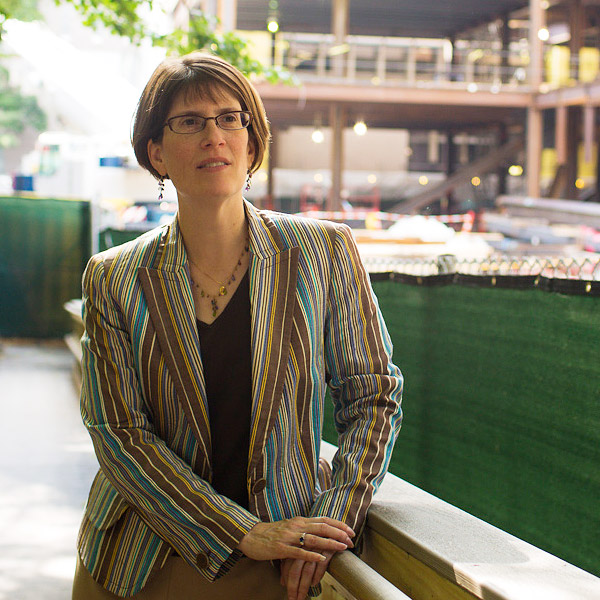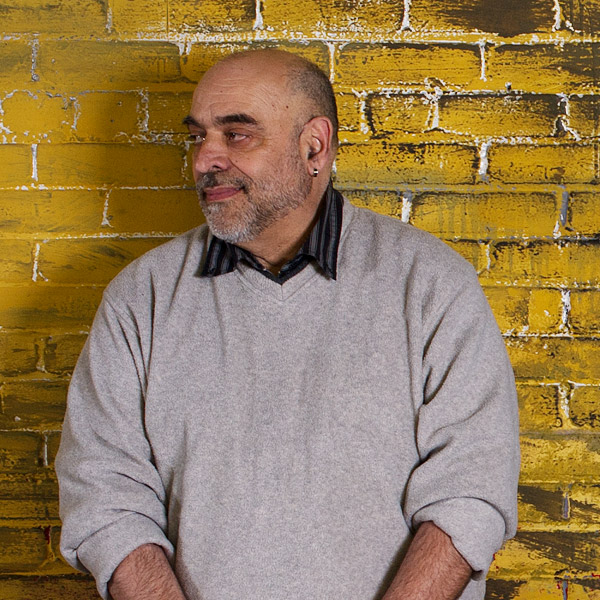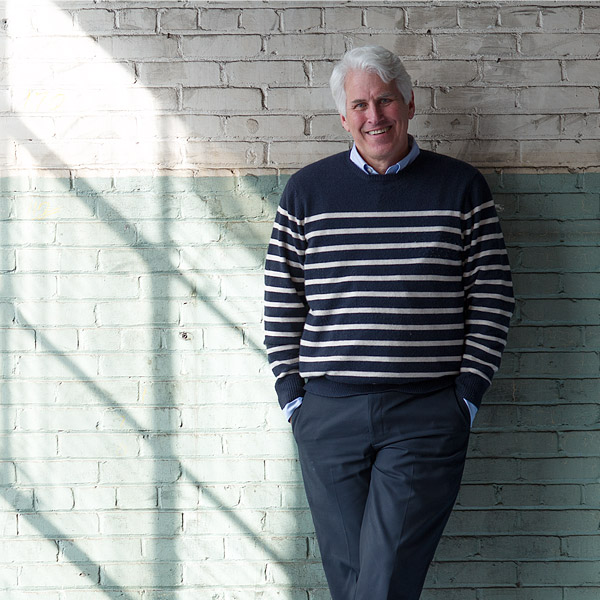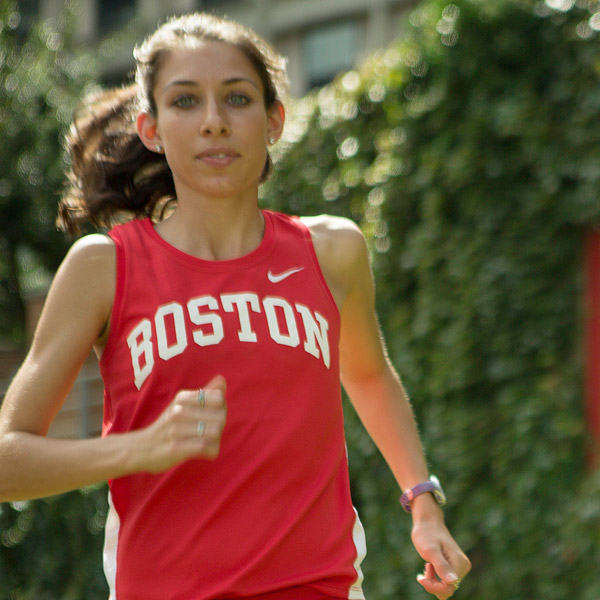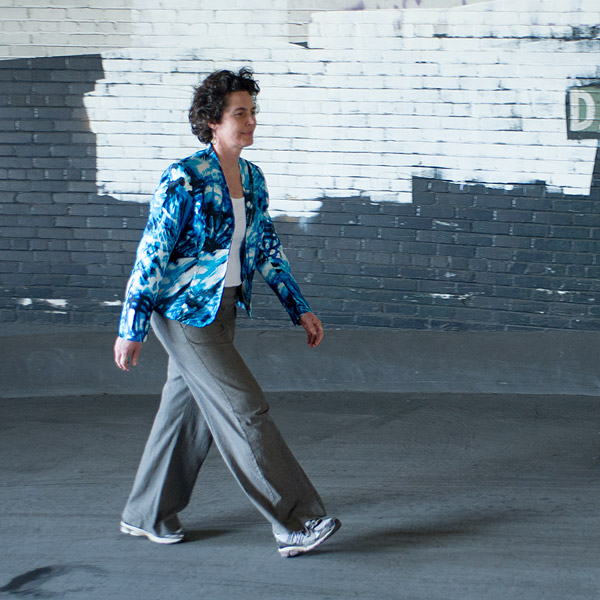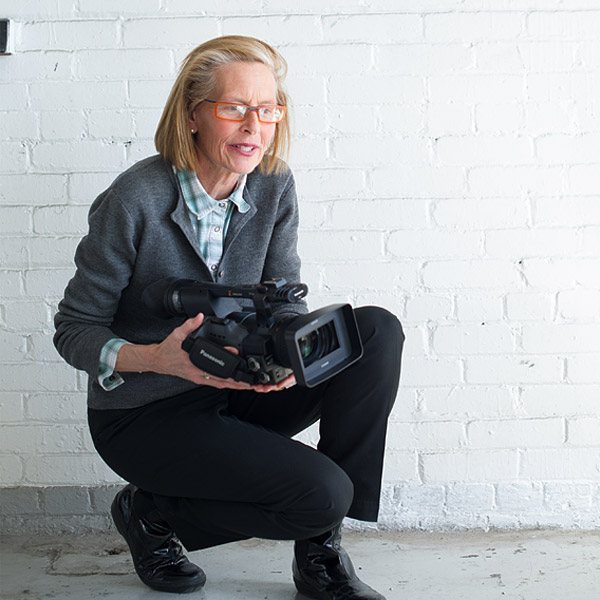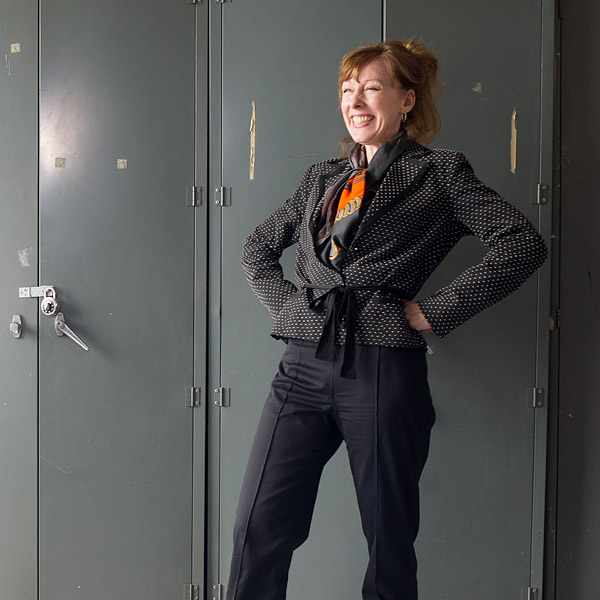Our Radical Year
President Robert A. Brown
Joining the AAU
What Price, Innovation?
Ruha Benjamin
Discovery Junkies
William Saturno
Dark End of the Spectrum
Helen Tager-Flusberg
Human Engineers
Dean Kenneth Lutchen
Unlocking Words
Abriella Stone
Cavewoman Walking
Jeremy DeSilva
The Politics of Listening
Ashish Premkumar
$1B Campaign
Stepping Up
Dean Maureen O’Rourke
Professor in the Coal Mine
Lucy Hutyra
Teaming up with edX
Clapping, Stomping, Twirling
Sajan Patel
Force Field
Sally Starr
The Computer Will See You Now
Dr. Brian Jack
Birth of an Artist
Jim Petosa
Elizabethan Time Machine
Diana Griffin
Joining the Patriot League
Healing Zambia
Donald Thea
Spring Break, Not
Jenne Bougouneau
Our Smartest Class
Creaky Nation
Julie Keysor
Melting Prison Bars
André de Quadros
Best of Both Worlds
Katie Matthews
Faculty Accolades
Film Frisson
Mary Jane Doherty
Financials
Saliva Solution
Eva Helmerhorst
Testing Fate
Catharine Wang
Our Radical Year
President Robert A. Brown
Joining the AAU
What Price, Innovation?
Ruha Benjamin
Discovery Junkies
William Saturno
Dark End of the Spectrum
Helen Tager-Flusberg
Human Engineers
Dean Kenneth Lutchen
Unlocking Words
Abriella Stone
Cavewoman Walking
Jeremy DeSilva
The Politics of Listening
Ashish Premkumar
$1B Campaign
Stepping Up
Dean Maureen O’Rourke
Professor in the Coal Mine
Lucy Hutyra
Teaming up with edX
Clapping, Stomping, Twirling
Sajan Patel
Force Field
Sally Starr
The Computer Will See You Now
Dr. Brian Jack
Birth of an Artist
Jim Petosa
Elizabethan Time Machine
Diana Griffin
Joining the Patriot League
Healing Zambia
Donald Thea
Spring Break, Not
Jenne Bougouneau
Our Smartest Class
Creaky Nation
Julie Keysor
Melting Prison Bars
André de Quadros
Best of Both Worlds
Katie Matthews
Faculty Accolades
Film Frisson
Mary Jane Doherty
Financials
Saliva Solution
Eva Helmerhorst
Testing Fate
Catharine Wang
Cavewoman Walking
Anthropologist Jeremy DeSilva reveals how early humans really went mobile.
close video
As an upright human being, Jeremy DeSilva feels an irresistible pull to tell the stories of our ancestors’ bones. Ancient ones, in particular. “I’m completely hooked on bringing these things back to life. I see the bones they have left as this incredible gift, a very rare window into reconstructing the way things used to be.”
The assistant professor of biological anthropology is fascinated with the way early humans moved, whether in trees or on the ground. After studying the skeleton of a two-million-year-old female belonging to the newly discovered Australopithecus sediba species, DeSilva encountered an odd story. In this single pre-human being, he saw what resembled a chimp-like foot and torso along with modern-looking hands and humanlike pelvis and spine. Up to this point, DeSilva, like all anthropologists, believed humans came down from the trees once they started walking upright. He was now knee-deep in a mystery.
“These were all individuals. They all ate, breathed, lived, had babies. When I’m working with these fossils, I feel a real connection to them.”
But it wasn’t until he teamed up with BU Physical Therapy Associate Professor Kenneth Holt (SAR’83) that the clouds would start parting. From looking at the pelvis, Holt determined that the creature walked upright. The two scientists hypothesized that she strode with a gait that in modern humans is called hyperpronation, displaying an evolutionary progression uniquely adapted to both walking and climbing.
In April 2013, Holt and DeSilva detailed their research in Science magazine. The story was quickly picked up by journals and media outlets around the world, including National Geographic, BBC News, USA Today, and the Boston Globe. That well-known evolutionary chart illustrating man’s tidy progression from four-legged to upright was upended.
“Every single fossil that gets found, even the tiny little scraps, are telling us something, and it’s our obligation to tell that story.”
